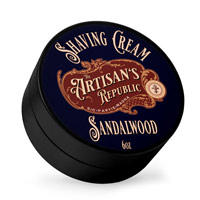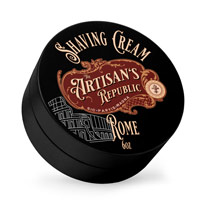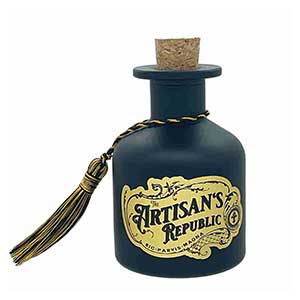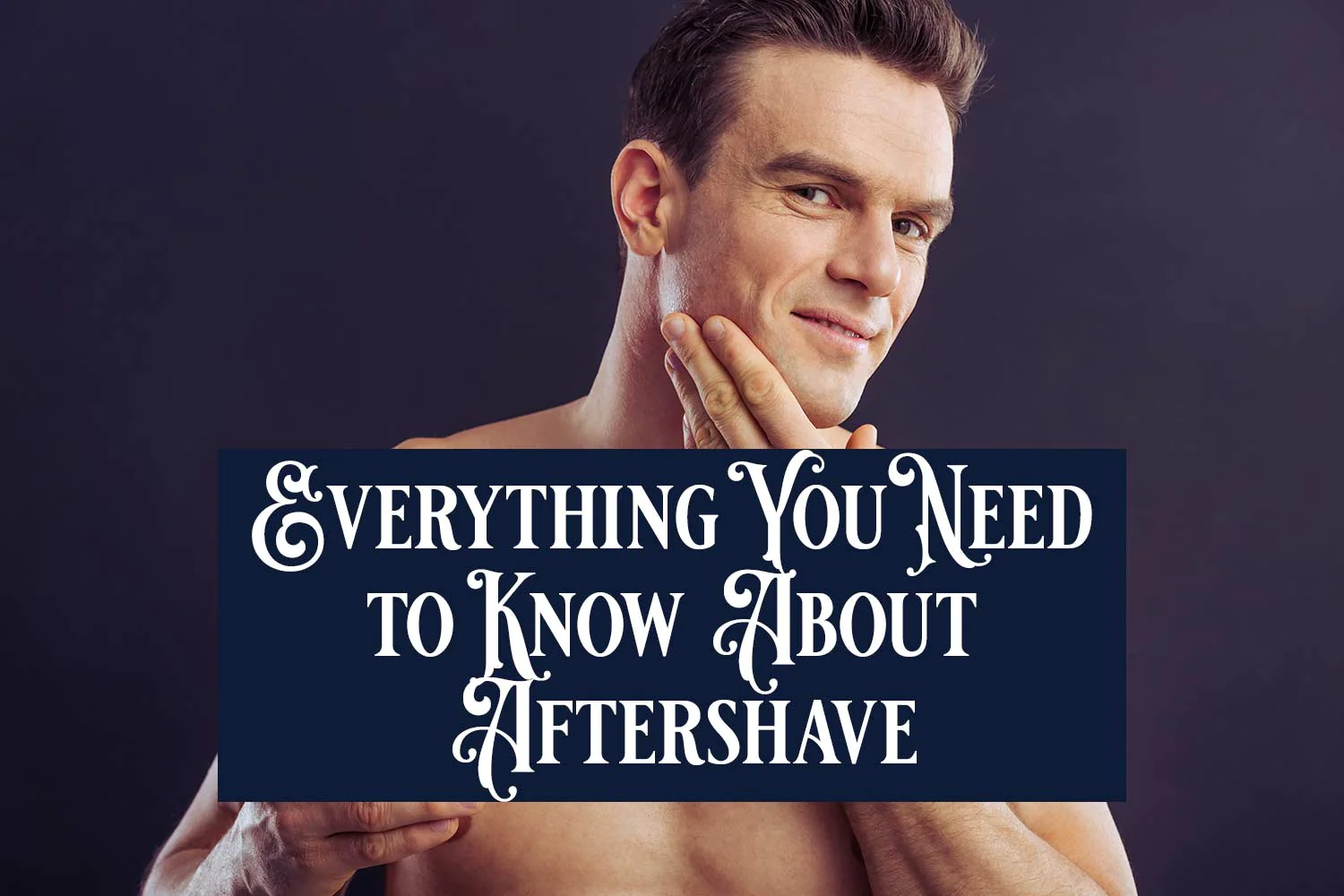Any fluid, oil, gel, or other substance that can be used on the skin after you shave is termed an aftershave. Aftershave is basically a routine for many people. For the most part, there’s nothing wrong with putting an aftershave on your skin to disinfect or soothe it. But certain aftershaves can hurt your skin, or become toxic.
Aftershave is used for cleansing the skin, its components, and providers it’s good for, aside from shaving. Check out its ingredients and what you should avoid.
Aftershave Benefits
After-shave is used to take care of your skin after you’ve shaved. The aftereffect of aftershave depends on the type of ingredients it contains. But traditional alcohol-based astringent aftershave acts as an antisepsis for the face after shaving facial hair.
While you shave, you usually leave behind many small cuts and pieces of skin that are more susceptible to bacteria and other substances getting lodged inside.
Aftershave contains ingredients called isopropyl alcohol (isopropanol) or ethyl alcohol that are similar to the ingredients used in hand sanitizer and household cleaning products, such as rubbing alcohol.
These ingredients can kill bacteria or toxins on or just under the skin after you shave. This is why alcohol-based aftershave tends to irritate your face since it contains antibacterial agents.
Alcohol-based aftershaves can actually cause further skin damage when used over time. More natural materials, including jojoba oil or coconut oil, and moisturizers such as lotion or aloe vera, still help the skin from cutting bacteria during the restraining process, while also retaining skin moisture.
Other health benefits of natural post-shaves include:
- Preventing skin damage and ingrown hairs help reduce inflammation and itching.
- After the skin is cleansed, pores are often sealed to prevent bacteria, dirt, or chemicals from entering, which can reduce rashes, razor burns, and razor bumps.
- Helping cuts from shaving speed up the process.
- Preventing folliculitis, or inflammation of the hair follicles, by using a layer of shaving cream, oil or liquid to cover open pores.
- Protecting your skin’s health can help you avoid complications.
- Flattering your skin’s smell adds a pleasant feeling.
What Ingredients Do You Need In Aftershave?
Despite what the majority of the advertisements might say, typical aftershave doesn’t kill bacteria and does not enhance your health as time progresses.
Avoid artificial fragrances aftershaves if you can. A lot of aftershaves, especially a lot of those marketed by well-known brands, contain substances that you may be allergic to or may irritate your skin.
Seek out an aftershave that contains some of these possible hair health benefits, including aloe vera, honeysuckle extract, and menthol.
- Shea butter, a nut-based moisturizer
- Witch hazel, a plant-based astringent
- Essential oils for scent and soothing effects (such as lavender oil for relaxation or eucalyptus oil for blood vessel dilation and increased blood flow)
- Vitamin E oil for maintaining healthy skin and immune health
- Chamomile extract for soothing skin
- Aloe vera to moisturizes your skin
- Glycerin to moisturize your skin
- Natural scents like green tea, cedarwood, anise, or oatmeal
Is Aftershave Necessary?
You don’t need aftershave at all to make shaving less complicated. It can, in fact, assist you, but it’s not essential.
If you are concerned about moisturizing your skin or protecting your pores from skin disorders, rinse your face after you shave to seal your pores and use a natural oil like coconut, jojoba, or Alum Block.
In order to create a protective moisturizing layer over your body, you could use a moisturizer that is made with cold water and oil. This can help to keep your skin healthy as well as prevent infection or irritation.
Can You Use Aftershave Without Shaving?
Yes! Several common ingredients in aftershave may have benefits regardless of whether or not you use them after shaving.
Vitamin E oil, shea butter, and aloe vera all function as excellent moisturizers, so it is necessary to add them to your daily skincare routine.
Aftershave For Acne
Alcohol-based aftershaves can efficiently kill bacteria on the surface of your skin that can cause pimples and trigger irritation and discomfort.
Tea tree oil and witch hazel, among other substances, all contain antiseptic properties that make them valuable for the treatment of severe acne and cleaning out clogged pores that harbor puss leading to additional pimples.
How To Use Aftershave
Using aftershave at just the right moment in your shaving ritual will allow you to obtain the most from the cleanser. Learn how to use it below.
- Same as normal, follow your usual shaving routine, whether it’s your face, legs, armpits, or any other place on your skin.
- Continue washing the area with cold water until you remove all of the remaining shaving cream, gel, or lotion.
- Make certain to use a clean towel to pat down your skin. Don’t rub a towel against your skin, as this can cause irritation or damage it.
- Rub some after-shave in the palm of your hand (approximately the size of a nickel).
- Consider the aftershave. Use it evenly on both of your hands.
- Ensure the aftershave is brushed evenly to the entire area you have shaved.
Bottom Line
Aftershave can help keep chronic bacterial infections away, but only if you use it immediately after shaving. But that can lead to skin damage over time.
Search for a more soothing shave aftershave that uses natural, plant-based ingredients for optimal moisturizing, healing, and soothing of your skin afterward.
Don’t be afraid to bounce a few ideas off of others.





More Stories
Men’s Face Washing Guide
In the ever-evolving world of men’s grooming, a solid skincare routine is the foundation of
Jan
How To Shave With A Straight Razor
There’s something about shaving with a straight razor that feels manly. It’s the same razor
Aug
Chemical Properties Of Shaving Cream
We know that men have many questions about shaving cream benefits, properties, and functionality, we
Jul